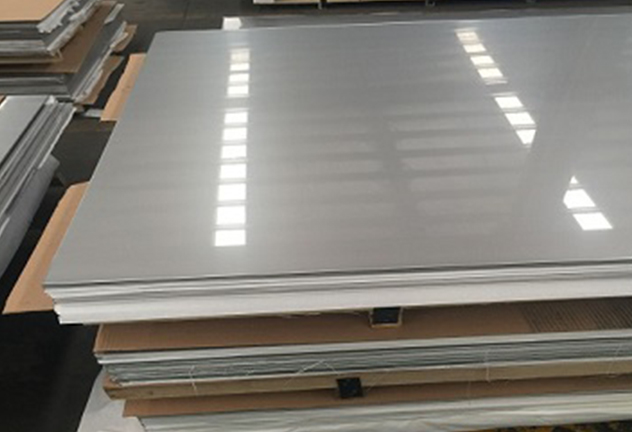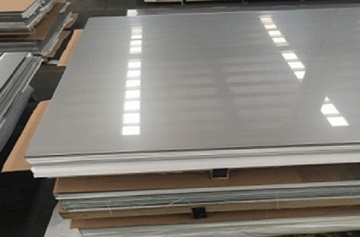Home > News > Industry News > What are the types of stainless steel
What are the types of stainless steel
Austenitic stainless steel: stainless steel with an austenitic structure at room temperature. When the steel contains about 18% Cr, 8%-10% Ni, and about 0.1% C, it has a stable austenite structure. Austenitic chromium-nickel stainless steel includes 18Cr-8Ni steel and high Cr-Ni series steel developed by adding Cr and Ni content and adding Mo, Cu, Si, Nb, Ti and other elements on this basis. Austenitic stainless steel is non-magnetic and has high toughness and plasticity, but its strength is low. It is impossible to strengthen it through phase transformation. It can only be strengthened by cold working.
If S, Ca, Se, Te and other elements are added, it has good machinability. In addition to resistance to oxidizing acid media corrosion, this type of steel can also be resistant to corrosion by sulfuric acid, phosphoric acid, formic acid, acetic acid, and urea if it contains elements such as Mo and Cu. If the carbon content in this type of steel is less than 0.03% or contains Ti and Ni, its resistance to intergranular corrosion can be improved. High silicon austenitic stainless steel has good corrosion resistance to nitric acid. Due to the good comprehensive properties of austenitic stainless steel, it has been applied in various industries
Ferritic stainless steel: The stainless steel whose structure is mainly ferritic in use. The chromium content is between 11% and 30%, and it has a body-centered cubic crystal structure. This kind of steel generally does not contain nickel, and sometimes contains a small amount of Mo, Ti, Nb and other elements. This kind of steel has the characteristics of large thermal conductivity, small expansion coefficient, good oxidation resistance, and excellent stress corrosion resistance. It is mostly used to make atmospheric resistance. , Water vapor, water and oxidizing acid corroded parts. This type of steel has disadvantages such as poor plasticity, significantly reduced plasticity and corrosion resistance after welding, which limits its application. The application of out-of-furnace refining technology (AOD or VOD) can reduce interstitial elements such as carbon and nitrogen, thus enabling this type of steel to be used.
Austenitic-ferritic duplex stainless steel: It is a stainless steel with austenite and ferrite structure each accounting for about half. In the case of low C content, the Cr content is 18% to 28%, and the Ni content is 3% to 10%. Some steels also contain Mo, Cu, Si, Nb, Ti, N and other alloying elements. This type of steel has the characteristics of both austenitic and ferritic stainless steel. Compared with ferrite, it has higher plasticity and toughness, no room temperature brittleness, and improved intergranular corrosion resistance and welding performance, while maintaining ferrite Bulk stainless steel is brittle at 475°C, has high thermal conductivity, and has the characteristics of superplasticity. Compared with austenitic stainless steel, it has high strength and significantly improved resistance to intergranular corrosion and chloride stress corrosion. Duplex stainless steel has excellent pitting corrosion resistance and is also a nickel-saving stainless steel.
Martensitic stainless steel: stainless steel whose mechanical properties can be adjusted by heat treatment. In layman's terms, it is a kind of hardenable stainless steel. Typical grades are Cr13 type, such as 20Cr13, 30Cr13, 40Cr13, etc. After quenching, the hardness is higher, and different tempering temperatures have different strength and toughness combinations. They are mainly used for steam turbine blades, tableware, and surgical instruments. According to the difference in chemical composition, martensitic stainless steel can be divided into martensitic chromium steel and martensitic chromium-nickel steel. According to the different structure and strengthening mechanism, it can be divided into martensitic stainless steel, martensitic and semi-austenitic (or semi-martensitic) precipitation hardening stainless steel, and maraging stainless steel.
Steel grade, chemical composition, mechanical properties at room temperature: martensitic stainless steel is 12Cr13, 20Cr13, 30Cr13, etc., ferritic stainless steel is 10Cr17, 10Cr17Mo, etc., austenitic stainless steel is 06Cr19Ni10(304) , 022Cr19Ni10(304L), 06Cr17Ni12Mo2(316), 022Cr17Ni12Mo2(316L), 06Cr18Ni11Ti(321), 06Cr18Ni11Nb(347), etc. The steel grade of duplex stainless steel is 00Cr26Ni7Mo2Ti and so on.
Related News





 Back to list
Back to list


